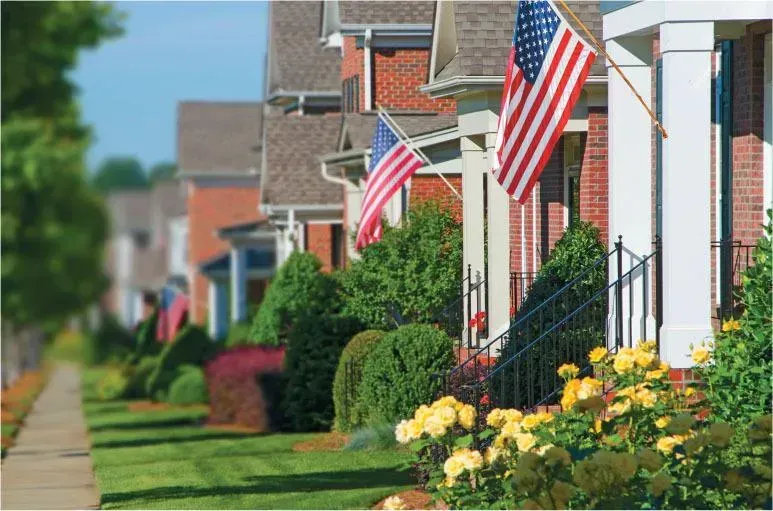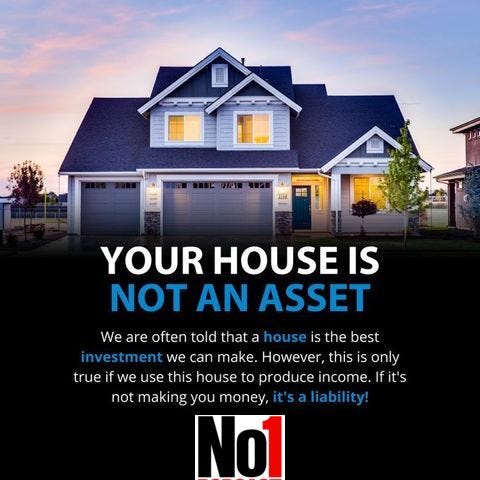
Redefining Retirement - Using Life Insurance, Mortgages, and Rental Income to Replace Social Security
The American Social Security system, established in 1935, is a critical part of the country’s social welfare system. It provides retirement benefits to workers who have contributed to it throughout their working years. However, the system is facing insolvency, and experts predict it may run out of money by 2035.
This would mean that millions of Americans who rely on it will either lose their retirement benefits or see a significant reduction in them. To prepare for this, it is essential for Americans to start planning for their retirement using alternative solutions such as financial engineering.
My method for this involves investing in a whole life insurance policy for a newborn. This policy would provide a death benefit and build cash value over time. The cash value can be used as a tax-free source of down payment on the child’s first home and the death benefit could be assigned to cover the remainder of the mortgage for the spouse of the investor/retiree. This can provide several advantages, such as tax-deferred growth, lower interest rates on policy loans, and risk mitigation.
At age 62, after paying off their mortgage, the investor/retiree can use a reverse mortgage to use the equity in their home to generate income streams by investing in rental properties (ADUs, multi-family private REITs, etc). This loan can be borrowed against the equity in the home and doesn’t have to be repaid until the borrower moves out of the home or passes away. The death benefit from the whole life policy can be used to pay off the loan balance when the borrower passes away with the reverse mortgage outstanding, ensuring that the property/investment stays in the family.
Real estate is a solid investment over time, and rental income can provide a steady stream of cash flow in retirement. Furthermore, owning rental properties can provide tax advantages and potential appreciation in value. Seniors who require assistance with daily activities can also consider constructing an assisted dwelling unit on their property, which can then be rented out for cash flow using a reverse mortgage.

Presented another way, the American Social Security system has been the backbone of retirement planning for generations. But let’s face it — it’s outdated, underfunded, and soon to be insolvent. So, what’s the solution? Whole life insurance, reverse mortgages, and rental properties, my friend.
Here’s how it works:
Let’s say you are a young adult, not a newborn as above, and you want to buy a home in 10 years. You estimate that you will need $50,000 for the down payment. You purchase a whole life insurance policy with a death benefit of $500,000 and an annual premium of $5,000.
Over the next 10 years, you pay $50,000 in premiums, which is the same amount you would have needed to save for the down payment. However, during that time, your policy has also built up cash value, which you can borrow against to supplement your down payment savings.
When it’s time to buy your home, you can withdraw the cash value from your whole life policy and combine it with your savings to make the down payment. This approach can have several advantages. For one, the cash value in your policy grows tax-deferred, which means you don’t have to pay taxes on the growth until you withdraw it. Additionally, the interest rate on the policy loan may be lower than other types of loans, which can save you money on interest payments.
Once you’ve purchased your home, you may also consider taking out a reverse mortgage to supplement your income during retirement. A reverse mortgage is a loan that allows you to borrow against the equity in your home, and the loan doesn’t have to be repaid until you move out of the home or pass away. However, the loan balance accrues interest over time, and when you pass away, your heirs may need to sell the home to repay the loan.
This is where the death benefit from your whole life policy can come in handy. If you pass away while you still have a reverse mortgage outstanding, your heirs can use the death benefit to pay off the loan balance and keep the home in the family.
This can provide peace of mind for both you and your loved ones, knowing that they won’t have to sell the home to repay the reverse mortgage. At age 62, after paying off their thirty year mortgage, the investor/retiree can now use that equity to fund their retirement. A reverse mortgage allows them to access that equity without having to sell the home, and the loan doesn’t need to be repaid until you move out or pass away.
This equity is then used to generate an income streams by investing in rental properties (even building an Assisted Dwelling Unit on the property). Real estate has proven to be a solid investment over time, and rental income can provide a steady stream of cash flow in retirement.
Plus, owning rental properties can provide tax advantages and potential appreciation in value. As seniors age, their needs change, and many find themselves in need of assistance with daily activities. This often leads them to consider assisted living facilities, but these can be expensive, and not all seniors have the financial means to afford them.
One option that may be available to some seniors is a reverse mortgage, which can be used to fund the construction of an assisted dwelling unit that they can then rent out for cash flow. A reverse mortgage is a loan that allows seniors to convert a portion of their home equity into cash. Unlike traditional mortgages, the borrower does not have to make monthly payments, and the loan is typically not due until the borrower moves out of the home or passes away.
Reverse mortgages are only available to homeowners who are at least 62 years old, and the amount that can be borrowed depends on the borrower’s age, the value of their home, and the current interest rate. To fund the building of an assisted dwelling unit, the borrower would need to have enough equity in their home to qualify for a reverse mortgage.
They would then need to work with a contractor to design and build the unit, ensuring that it meets all local building codes and zoning requirements. Once the unit is completed, the borrower can rent it out either as a long-term rental to a tenant or as a short-term rental through a platform like Airbnb.
Renting out the assisted dwelling unit can provide seniors with a steady stream of income, which they can use to pay off the reverse mortgage or to fund other expenses. Long-term rentals are generally more stable, as they provide a consistent income stream, but short-term rentals can be more lucrative if the unit is located in a popular tourist destination or if there is high demand for short-term rentals in the area.
Instead of paying into a system that may not be there when you need it, let’s invest in the Shannon System of Retirement Funding using financial engineering to build a new synthetic financial product from whole life insurance, mortgages, reverse mortgages, and rental income! This wouldn’t also skip the bureaucracy of socializing retirement and wouldn’t cost tax-payers anything, especially compared to the bloated failure that is the American Social Security System!
Please share this clever system far and wide, maybe we will provide a fantastic retirement for Americans despite Social “Security”.
